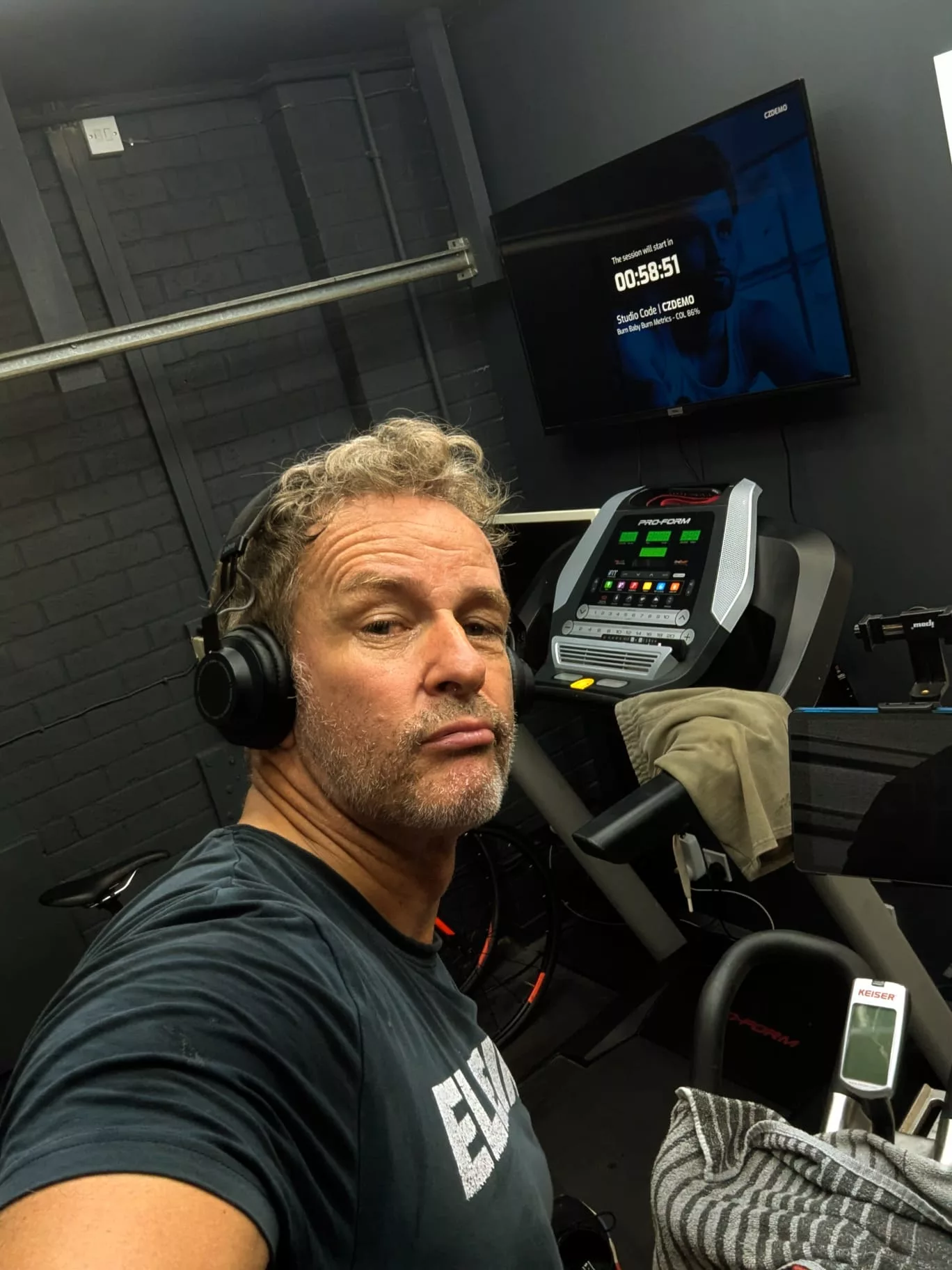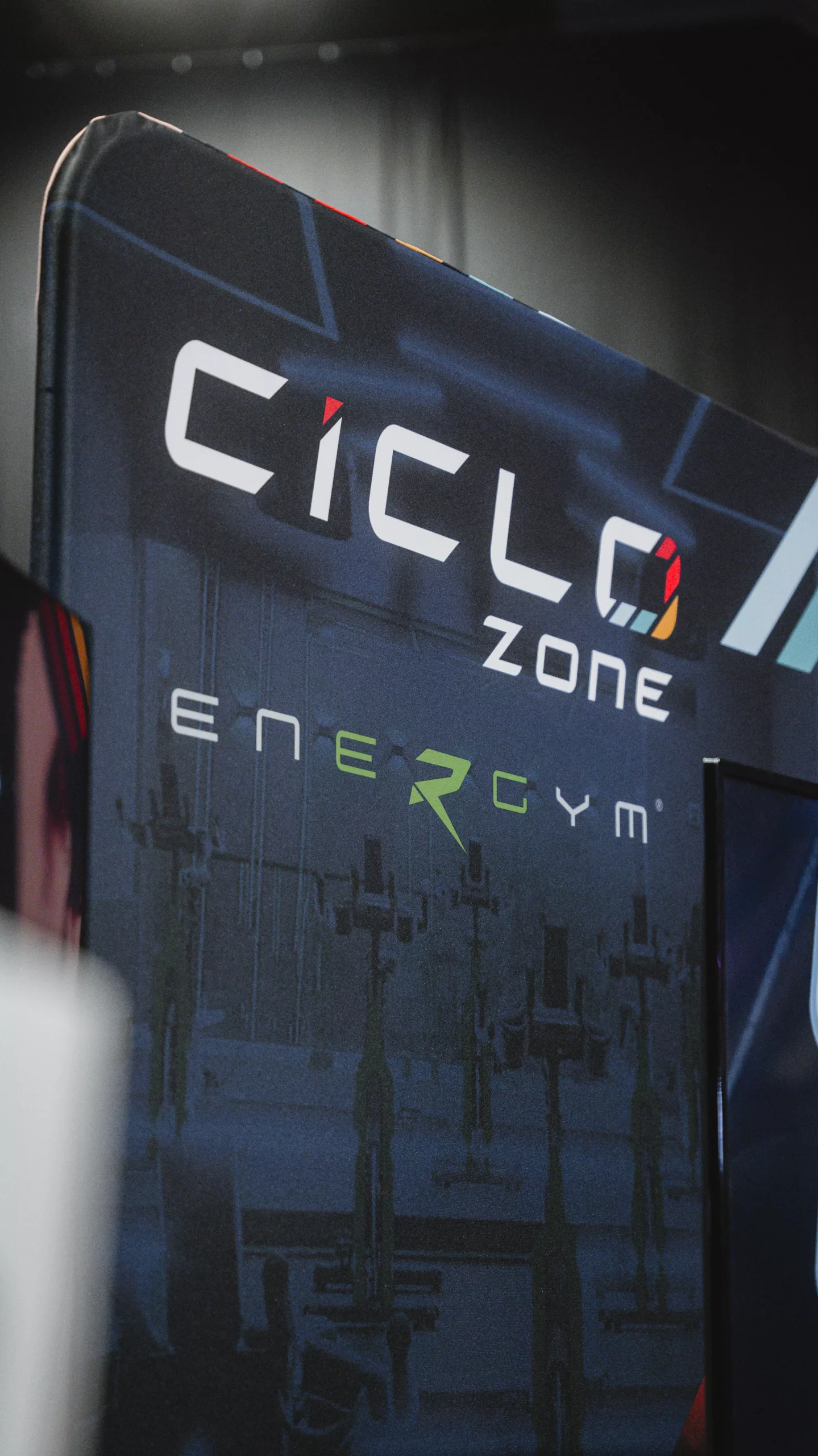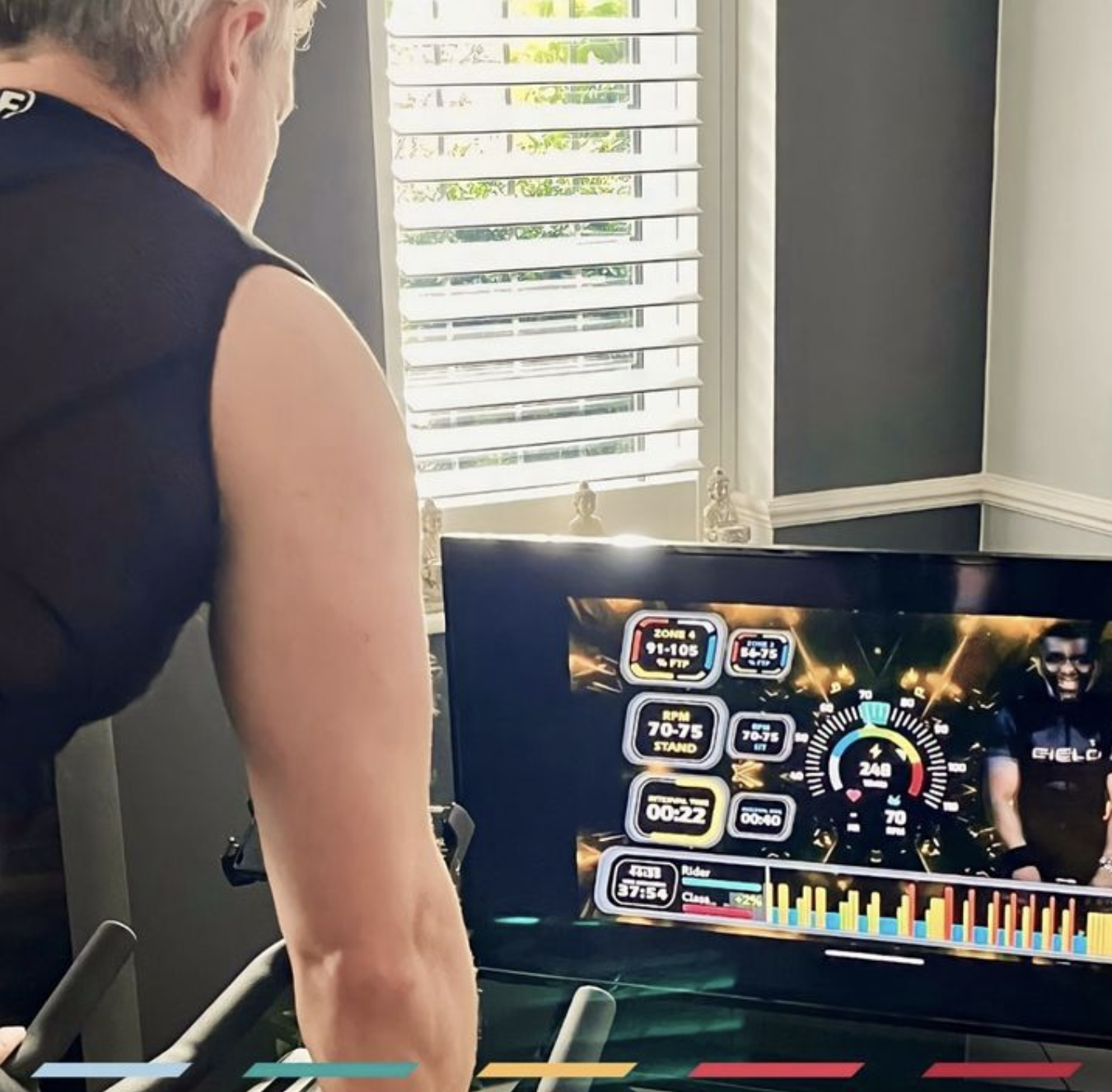Who is the greatest athlete in the world? While it would be difficult to come to a single consensus, one thing that we could all agree on is that all top-performing athletes follow a specific and detailed training plan. No one gets to be at the top of their field by simply “winging it”; Nor do they achieve continual fitness gains by going all-out all of the time.
If you truly want to achieve fitness gains, you need to start thinking “like an athlete” and build intra-workout recovery into your overall plan.
Repeatable Efforts and Recovery
Athletes train for excellence by repeating efforts in an attempt to refine their skills.
Depending on the sport, this may look very different. However, what doesn’t change is that efforts are both measured and repeated. In order to successfully repeat efforts for similar durations, recovery during the workout is required.
In an earlier post we discussed aerobic efforts. As long as sufficient oxygen is present and effort remains sub-threshold, an individual could stay at that intensity for hours on end. However, tap into threshold or supra-threshold efforts and duration at that intensity drops. Once you start using up the finite amount of ATP stored within the muscle cells, recovery must take place prior to resuming efforts at that level.
The Inverse Nature of Work to Recovery
There are some ‘rules of thumb’ when it comes to recovery, but I will also mention that there are some advanced training protocols that use “incomplete” recovery as a way of creating additional stressors leading to positive training adaptations.
For this purpose, let’s stick with the more common rules and guidelines around work:rest. Intensity and duration are inversely related. As one goes up, the other goes down.
All human bodies operate under a similar set of guiding principles referred to as exercise physiology: While some athletes are able to perform incredible accomplishments, no one is beyond the restrictions of how the body operates within the confines of the energy delivery systems. The higher the intensity or the effort, the shorter duration it can be held for and the longer the recovery required in order to hit those power targets again.
How to structure recovery intervals
Recovery will depend on overall fitness levels.
The fitter a person is, the faster they will recover. However, to get the most benefit out of your exercise session, the idea is to take enough recovery following a target-specific drill so you are able to hit those power targets or those effort levels again.
That is how you improve your fitness and your performance.
Working with a bike that has a console that shows power is really helpful because you can literally watch and track your output on repeated efforts or drills. Recovery can occur in Level 1 or 2.
For the purposes of a 45-60 minute indoor cycling session the following work to rest ratios would apply:
Level 1 Active Recovery N/A
Level 2 Endurance N/A
Level 3 Tempo 2:1-4:1
Level 4 Lactate Threshold 2:1-4:1
Level 5 VO2 Max 1:1-1:2
Level 6 Anaerobic Capacity 1:2-1:4
Level 7 Neuromuscular Power 1:4-1:10+
So, if you are doing 10-minute repeats at your lactate threshold (LT), you would want to have anywhere from 2.5 to 5 minutes of recovery between each interval. For 5-minute VO2 Max repeats, allowing 5 to 10 minutes of easy cycling between each will allow greater success in repeated attempts. Neuro-muscular power burst of 15-seconds? Plan for 1 to 2.5-minutes recovery.
Planning proper work-to-rest ratios into your rides ensures that training is on point and structured for success.
Just remember, when in doubt, think like an athlete. They take their recovery seriously.
Every CicloZone workout makes sure you work at the right intensity for you for the optimum amount of time to deliver results. Download the app at the App Store or Google Play.




